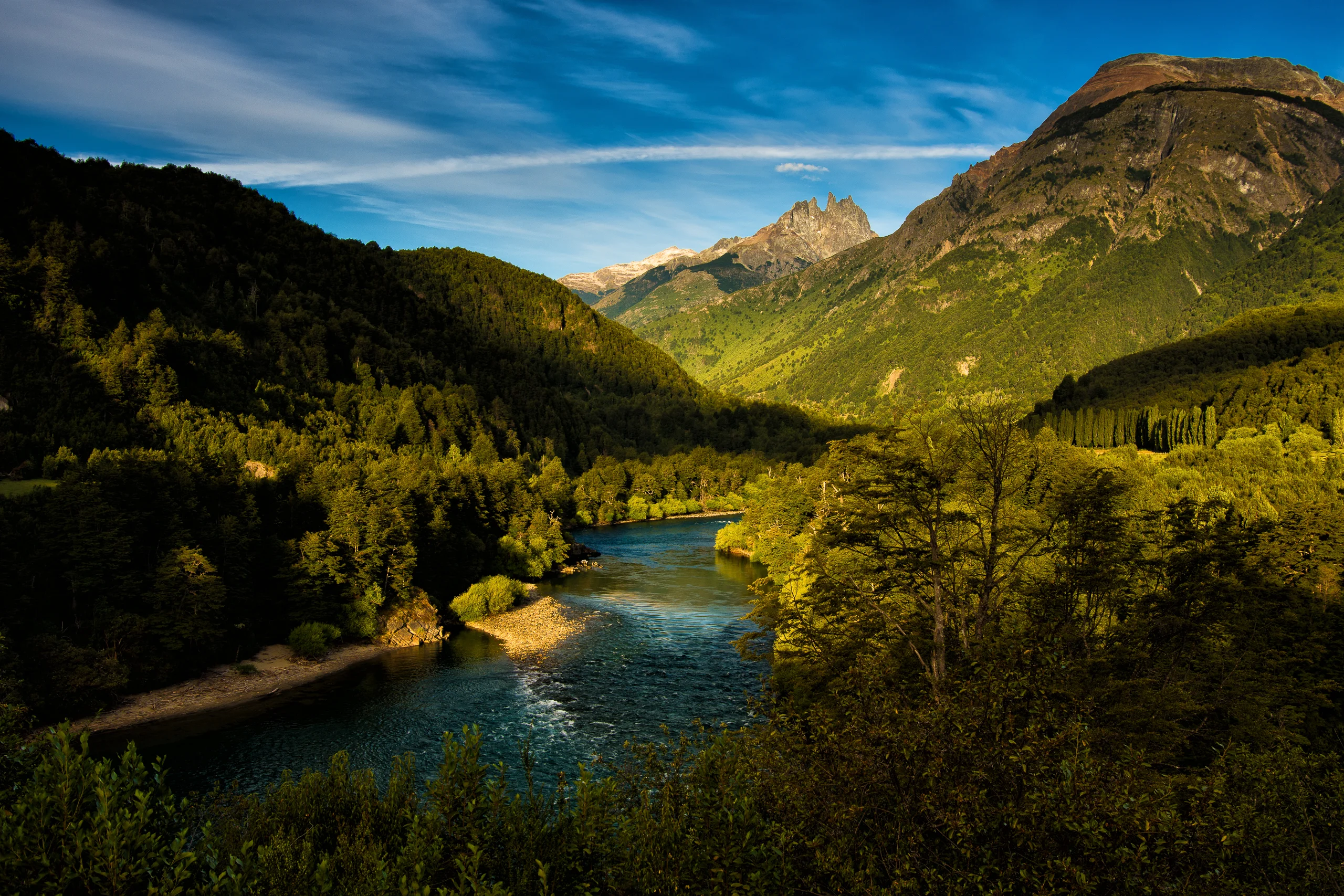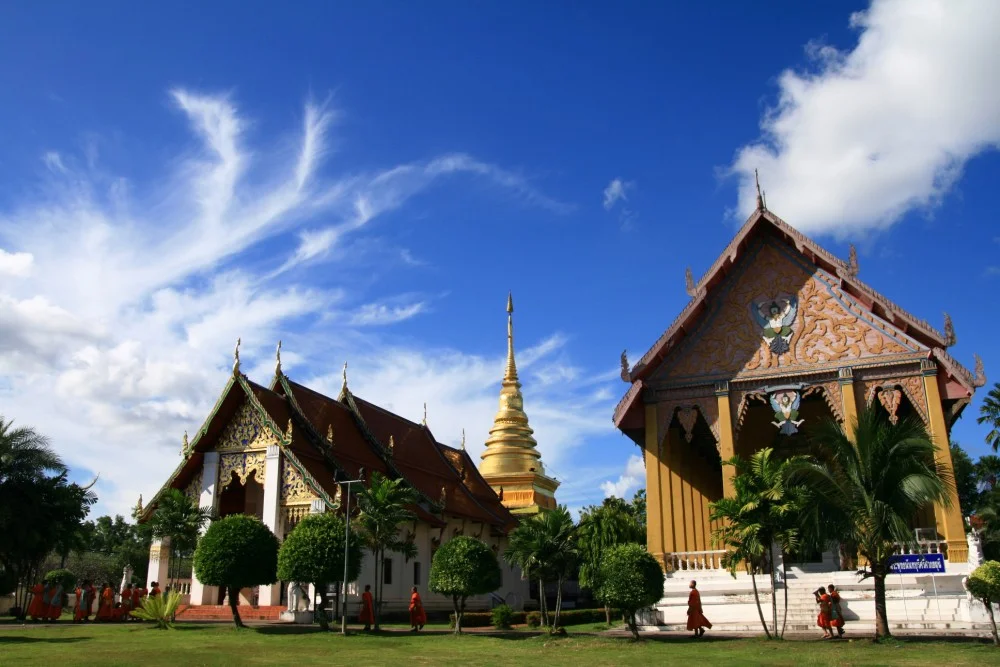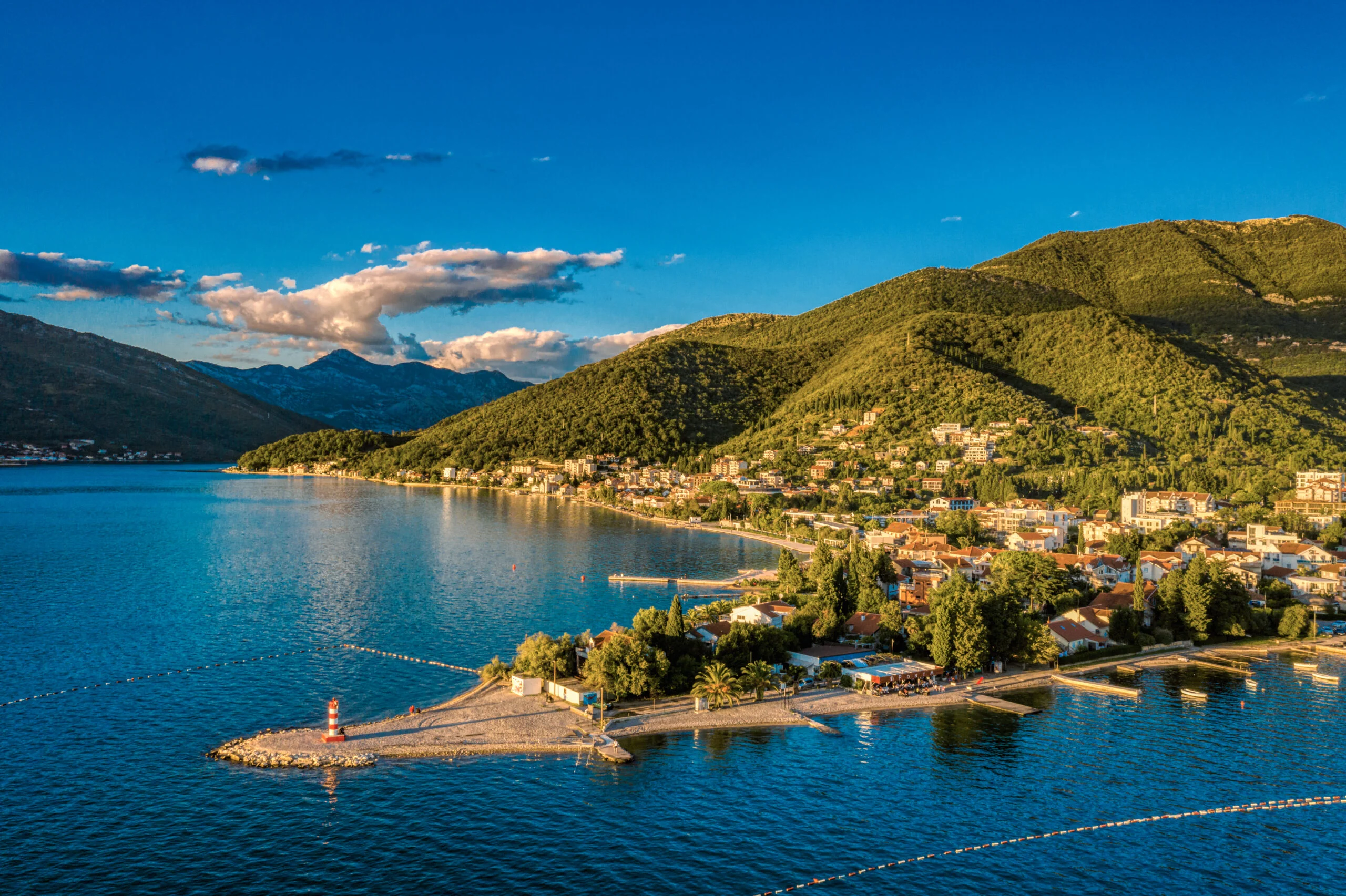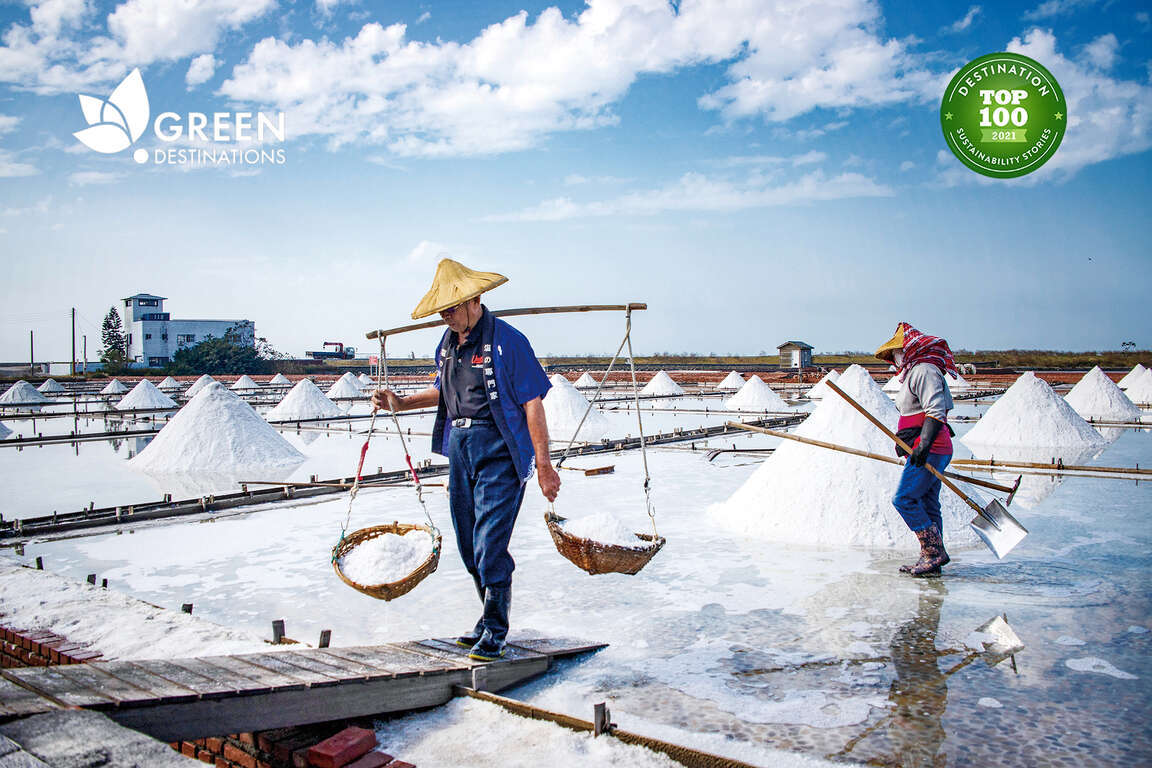© Good Travel Guide, November 2021
Author: Lucia Roldan
When we think about how to build a more sustainable tourism, the words pollution, waste and therefore, how to preserve the environment often come to mind. But what about the people who live in the destinations? How can residents be empowered by tourism? Is community an important pillar?
By sharing 4 inspiring stories, we will answer these questions and see how local initiatives helped create a more sustainable place. These destinations have successfully recovered and revitalized their intangible cultural heritage, so that both locals and travelers alike can enjoy it while making it accessible to all.
Futaleufú, Chile

According to the World Health Organization, it is estimated that more than 1 billion people live with some type of disability, which corresponds to approximately 15% of the world’s population. Since 2019, the municipality of Futaleufú, in Chile, is moving forward in becoming a tourist destination with higher rates of social inclusion, including people with disabilities and special needs, as well as for the elderly.
The objective is that each of the planet’s inhabitants has direct and personal access to the discovery of the riches of our planet. Since this is a key element to achieve the universality of tourism. This way, the region has already achieved being a member of the World Network of Friendly Cities and Communities with the Elderly of the World Health Organization.
The municipality’s Local Inclusive Development Strategy program of Futaleufú is trying to constantly identify the main needs of the population in terms of inclusion, so that Futaleufú inhabitants can feel integrated and collaborate in all community activities, generating spaces for participation where they can move safely.
In terms of tourism, one of the actions that have been carried out since its implementation is the accreditation in sign language of the team of the Tourism Unit of the Municipality of Futaleufú, which aims to provide better attention to those who need it, and taught by a deaf teacher accredited by the Chilean deaf community. On the other hand, thanks to the joint work with the start-up Wheel the World, it was possible to develop inclusive tourism activities on iconic trails in the Futaleufú commune and Patagonia Verde to make these amazing tourism experiences available for everyone.
Province of Nan, Thailand

Another innovative way of enhancing the cultural value of a place can be found in the province of Nan, in Thailand, where they seek to “build upon inherited wisdom in creating a sustainable Sense of Place”. In fact, Nan’s inherited cultures can be seen in everyday activities which define their own brand as a culture rich and slow life city.
Crafts and folk arts are closely bound with Nan’s community way of life, so the challenge is to engage passionate actors, artisans, skilled monks and young generations to inherit local cultural heritage toward sustainability.
This way, any local woman can sell beautifully embroidered traditional clothes online, supported by a lifelong learning center, while Monks have also been able to turn Kong temple and community into a social enterprise for special welfare boarding schools, establishing silverware skills and textiles craftsmanship transferring projects to their students.
These initiatives aim to show how the community can be strengthened and teach its members the value of tourism to improve their quality of life and become self-sufficient.
On the other hand, what would happen if a destination had unused or abandoned spaces?
Could the local community and tourism find a use for it and promote sustainability at the same time?
That is the case of Transforma Tivat and The White Time projects.
Tivat, Montenegro

The Tivat boardwalk attracts people daily from all over. Being traffic-free, it allows both locals and tourists to enjoy the views of the beautiful bay and its surroundings. The only negative factor in this urban landscape: a series of unsightly electrical cabinets that do not fit in with the natural surroundings. In order to change this situation, the Tivat Tourism Organization came up with the idea of inviting different local artists to redesign the cabinets using the theme “marine life”.
The project aimed not only to solve the problem of the unsightly electrical cabinets, but also to engage the local community and invite residents and visitors to slow down, reflect and feel committed to environmental sustainability.
Jingzaijiao, Taiwan

On the southwest coast of Taiwan, where wetlands, sandbanks, and lagoons are the main landscapes, we find the case of this abandoned salt-field at Jingzaijiao that has been successfully recovered as a tourist attraction for environmental education.
This community used to have a salt drying industry that provided an important income for the locals. However, in 2000, these salt fields closed due to the price decrease of salt in international markets. Residents started to leave the community due to lack of income, and the hundred year old salt-field gradually deteriorated with the declining industry.
In order to preserve Taiwan’s century-old salt drying culture and transform it into a tourism industry, create employment opportunities and maintain the development of local communities, “The White Time – Jingzaijiao Community’s Culture Revival” project was developed with the purpose of passing on the century-old artificial technology of sun- dried salt, revitalize the community and promote the salt culture.
Thanks to the approval and participation of residents and due to the willingness of veteran salt workers to share their knowledge, the initiative has been achieving its goals.
In addition, traditional products have become more popular after innovative modifications and packaging, while mutual benefit strategies in public and private sectors have encouraged more enterprises to invest in and give back to this area.
Nowadays, nearly 200,000 visitors come here to view the scenery and participate in environmental education and ecological courses each year that integrate salt and migratory bird ecology.
Want to discover more stories?
Check out the 2021 Green Destinations Top 100 Stories Competition and let’s spread the positive side of tourism!




